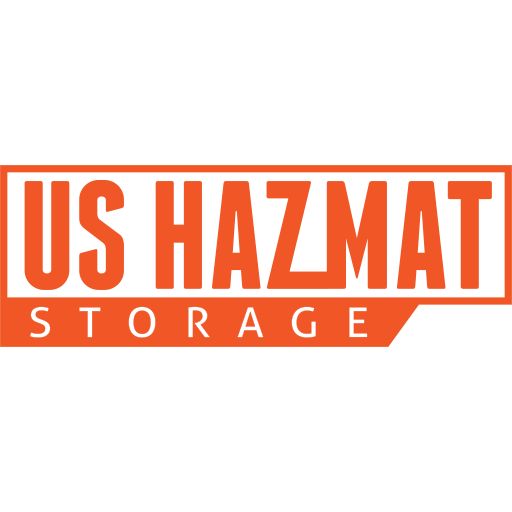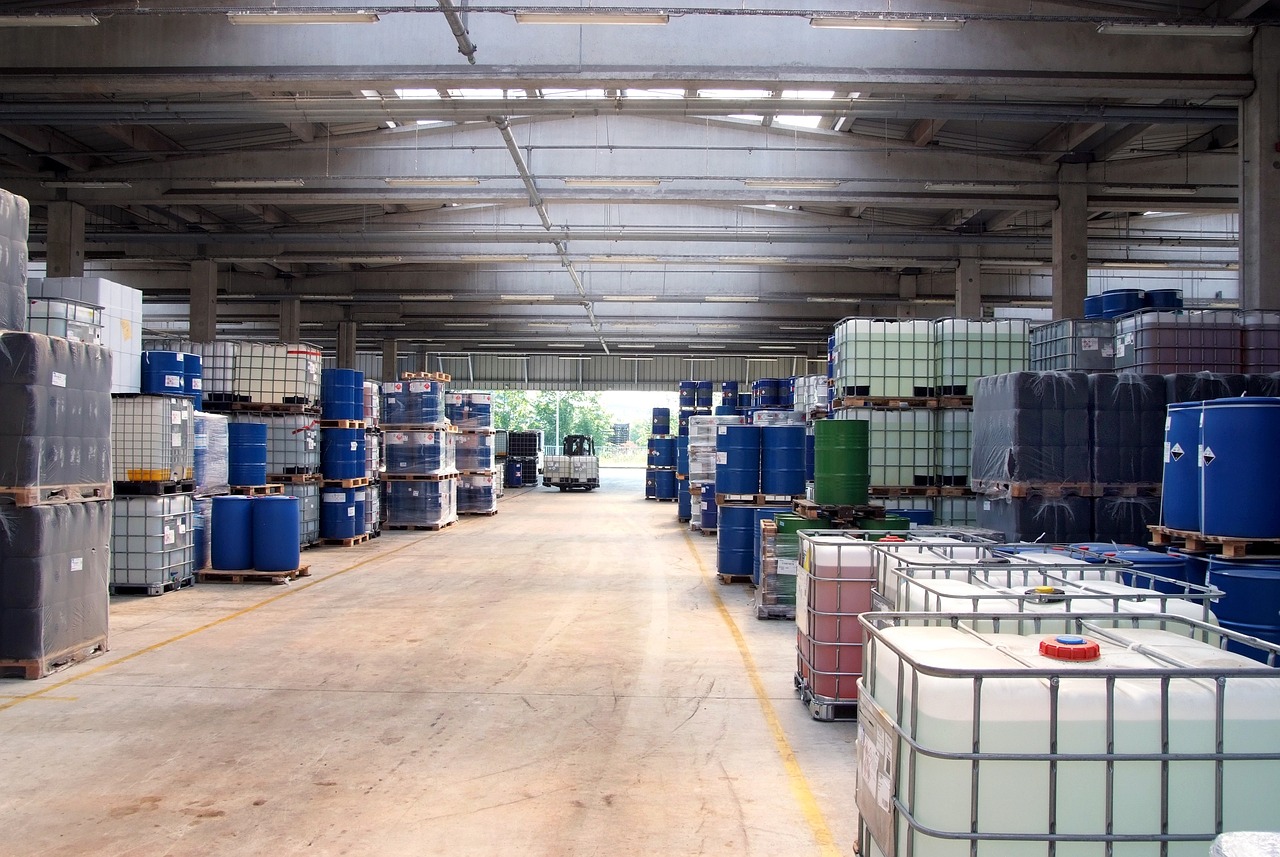Caged intermediate bulk containers are among the most popular hazardous material storage methods. While steel drums remain common, IBC totes are more versatile, easier to handle, and less susceptible to structural degradation. Furthermore, plastic totes allow for easy transport and long-term storage of dangerous chemicals in facilities. Thanks to a built-in steel cage racking, they are also reusable, affordable, and can be safely stacked. Rigid in design and application, IBC totes are made of high-density plastics for maximum durability. Although most manufacturers rely on IBC totes for non flammable liquids, intermediate containers can also store solids, semi-solids, and other hazardous materials. Totes have less carbon footprint than steel drums and meet all NFPA 30 recommendations and OSHA standards. Moreover, totes are nearly impervious to moisture and condensation penetration, which can dilute and degrade expensive chemicals.
Efficient and Regulated Chemical Dispensing
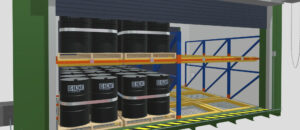
While steel drums require additional strapping and safeguards, IBC tote pallet systems allow for the easy storage and removal of large volumes of dangerous chemicals with a forklift. The tote dispensing system at the bottom of the container mitigates spill risks, allowing for exact pours and siphons without the hassle of drum barrel tipping, which can cause accidental discharges that lead to fires and contamination. Attachable hosing to the tote dispensing system controls dangerous fluids streaming into small containers while reducing static buildups in the surrounding environment and flashover events. Furthermore, the built-in valve prevents leftover liquids from escaping by allowing a tipping vacuum station to remove any remaining material. Employees should receive proper training for dispensing dangerous materials and IBC tote cleaning.
IBC Tote Systems and NFPA 30 Compliance
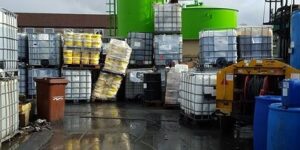
The National Fire Protection Association, recognizing the paramount importance of safety, has meticulously developed primary industry standards for IBC tote systems. These standards, encapsulated in NFPA 30, are not mere suggestions but crucial guidelines that must be adhered to in any industrial setting. NFPA 30 allows for only three types of IBC totes in an industrial building, namely those made of metal, rigid plastic, or composites. It further stipulates that only liquids with a closed cup flash point of 38°C (100°F) or greater are permitted to be stored in these containers. Industry experts, in line with these standards, recommend limiting IBC tote stacking to two to three units high. Hazardous material handlers should avoid stacking dangerous chemicals above eye level when possible. Only stack IBC totes up to four units in high in extreme scenarios. All IBC totes containing dangerous chemicals should be properly labeled for easy identification thus preventing inadvertent chemical mixing.
How Do You Properly Clean IBC Totes?
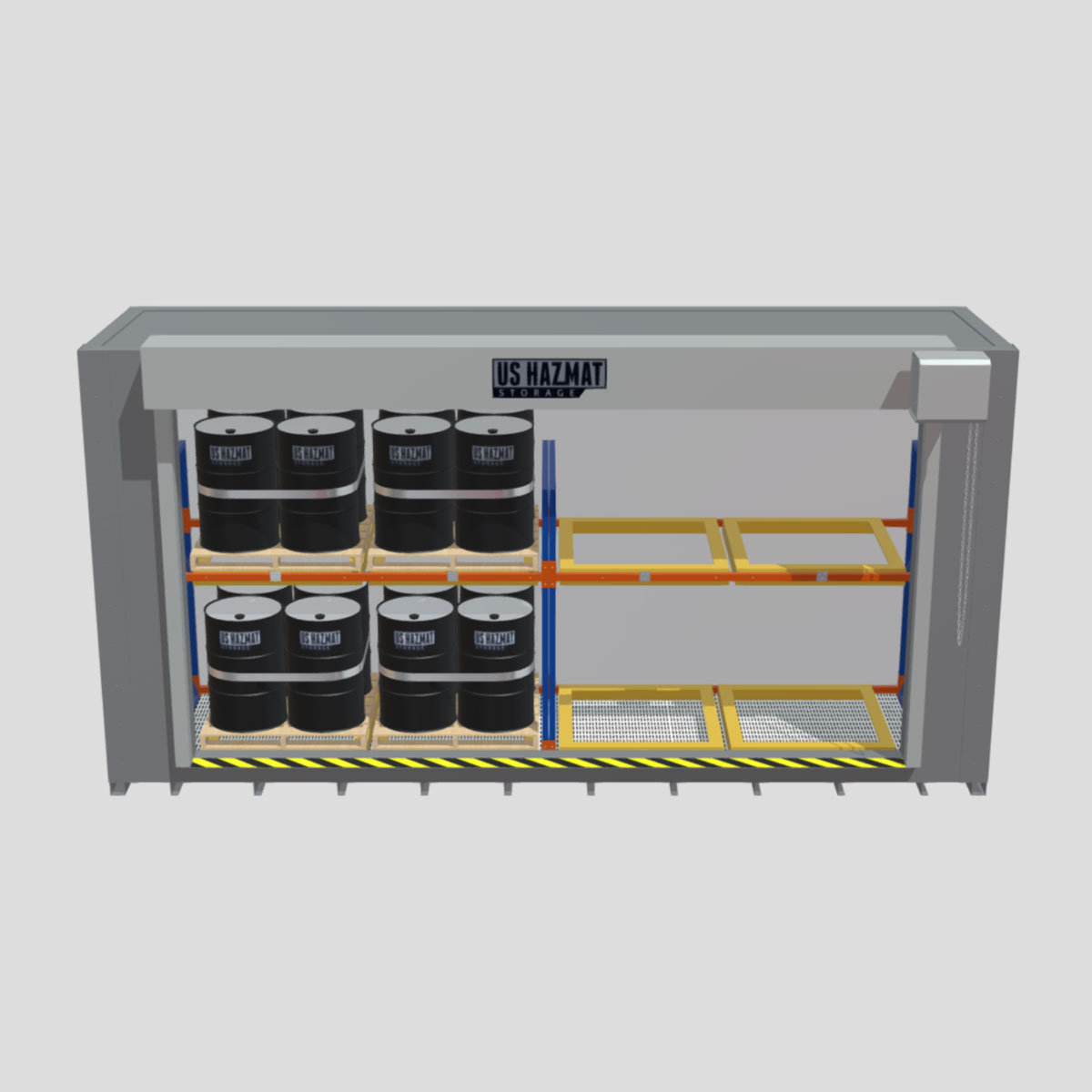
IBC totes should be thoroughly cleaned upon the chemical’s final dispersion before adding a different hazardous material. Never mix different chemicals in the same IBC tote, and avoid storing totes containing incompatible materials in proximity. Following emptying the contents of the tote, thoroughly rinse any remaining residue from the container with hot water using a garden hose or pressure washer. We recommend using a water-soluble caustic solution to destroy biological hazards during cleaning for certain biotoxins. You should also have spill mitigation or a drain plan to catch residual chemical deposits while rinsing IBC totes. Spills and leaks from cleaning could lead to accidental pollution and environmental contamination, resulting in hefty fines and civil penalties.
Which Chemicals Can You Store in IBC Totes?

Every industry, from food manufacturing and farming to pharmaceuticals and construction, routinely uses IBC tote containment systems. While the list of acceptable chemicals for IBC tote storage is extensive, we strongly advise against storing ethanol and other solvents in plastic IBC totes due to their plastic composition. However, IBC totes can safely store pesticides, fungicides, and fertilizers. Many farmers use totes to store and dispense large volumes of animal feed. All material handlers should consult each product’s Material Safety Data Sheet for storage guidelines. An MSDS provides concise information on each chemical compound’s physical composition, toxicity, volatility, list of incompatible materials, and first-aid measures. All manufacturers should have an MSDS readily available for each stored chemical compound.
Proper Tote Storage
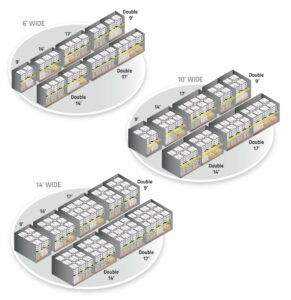
How many times has your workday been interrupted by a material shortage? Whether paint, fertilizer, or any other bulk flammable liquid or solid, running short of necessary supplies delays deadlines and well-timed precision workflows. IBC tote mitigates shortages and supply chain interruptions by allowing workers to have bulk supplies on hand to get the job done. Although tote versatility and accommodation are unmatched, product handlers should consider the specific storage of IBC totes. IBC totes should be stored in a cool, dry environment away from incompatible materials. Poly-caged totes should be kept inside for long-term storage or, if not, used immediately.
Our non-fire-rated chemical storage warehouses can safely accommodate several IBC totes containers. Optional climate control and mechanical ventilation will protect sensitive chemical stockpiles, ensuring physical composition by preventing degradation. Furthermore, our storage lockers’ wide-swinging doors allow for the easy storage and removal of IBC totes using a forklift. Each U.S. Hazmat Storage locker is also outfitted with a steel-grate flooring sump containment system at the bottom of the locker. During an accidental spill, the liquid falls through the steel floor into the sump below until safe extraction. Our qualified building advisors can guide proper IBC tote storage and compliance. We can quickly assess your storage needs before presenting a list of viable options. Contact us today for a free quote and consultation. We will then provide a detailed storage plan and pricing points.

